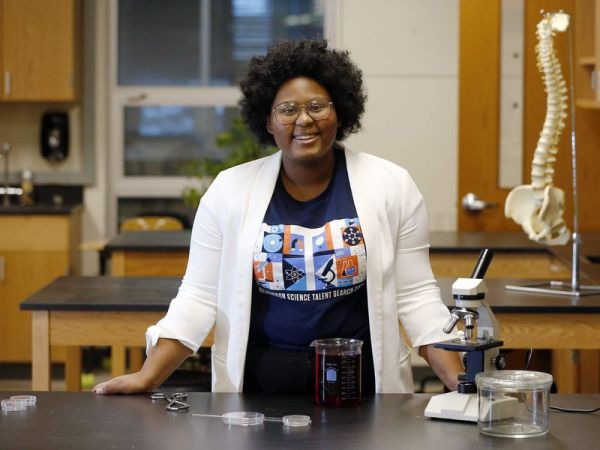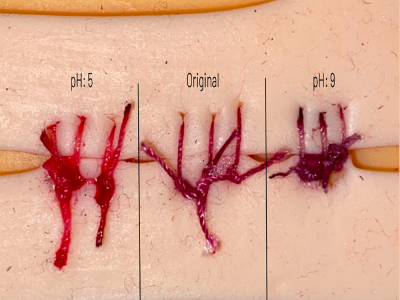There’s a classic grade school science experiment that involves extracting juice from red cabbage leaves and using it as a pH indicator. It relies on anthocyanins, pigmented compounds that give the cabbage its vibrant color but can change depending on the acidity of the environment they’re in, from pink in acidic conditions to green at higher pH. And anthocyanins are exactly what power this unusual kinetic art piece.
Even before it goes into action, [Nathalie Gebert]’s Anthofluid is pretty cool to look at. The “canvas” of the piece is a thin chamber formed by plexiglass sheets, one of which is perforated by an array of electrodes. A quartet of peristaltic pumps fills the chamber with a solution of red cabbage juice from a large reservoir, itself a mesmerizing process as the purple fluid meanders between the walls of the chamber and snakes around and between the electrodes. Once the chamber is full, an X-Y gantry behind the rear wall moves to a random set of electrodes, deploying a pair of conductors to complete the circuit. When a current is applied, tendrils of green and red appear, not by a pH change but rather by the oxidation and reduction reactions occurring at the positive and negative electrodes. The colors gently waft up through the pale purple solution before fading away into nothingness. Check out the video below for the very cool results.
We find Anthofluid terribly creative, especially in the use of such an unusual medium as red cabbage juice. We also appreciate the collision of chemistry, electricity, and mechatronics to make a piece of art that’s so kinetic but also so relaxing at the same time. It’s the same feeling that [Nathalie]’s previous art piece gave us as it created images on screens of moving thread. Continue reading “Chemistry Meets Mechatronics In This Engaging Art Piece”














